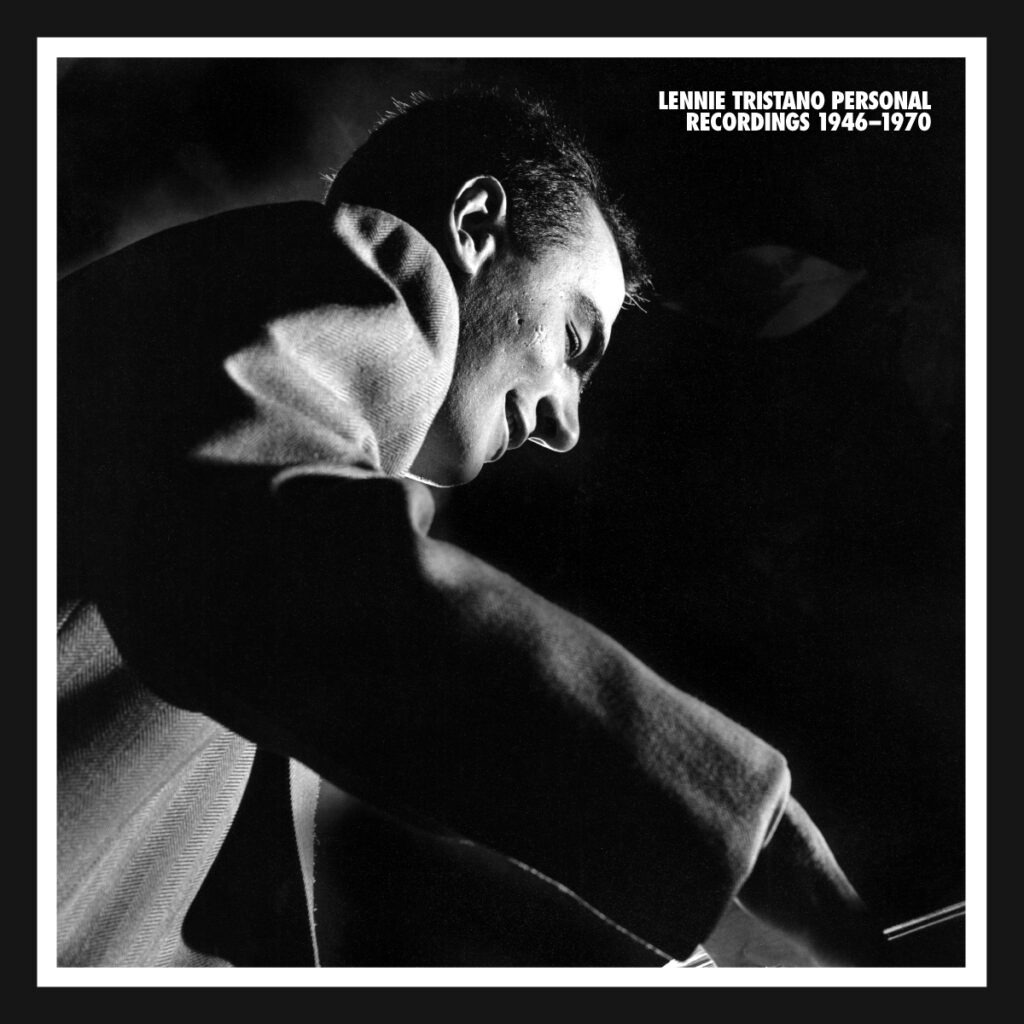
$99.00
Release date: December 26th, 2021
Peek Into The Private Library of Lennie Tristano
Dot Time Records and Mosaic Records, in partnership for the first time, are thrilled to announce the release of Lennie Tristano Personal Recordings 1946 – 1970. This 6-CD set chronicles over twenty years of stunning creative output from jazz luminary Lennie Tristano offering listeners the most comprehensive portrait of Tristano’s musical genius available.
The Limited Edition Box Set includes:
Deeply Moving, Deeply Personal, and Completely Unknown – Until Now.
One of the greatest pleasures we experience at Mosaic is uncovering rare, overlooked gems by acknowledged masters from whom we’ve all believed we’ve heard the last word. Often in scouring the archives for cleaner, better source material we uncover a few unknown recordings, forgotten sessions, or viable alternate takes that are no less fascinating than the selections initially approved for release.
We take great pride in adding to the known canon of work by giants, even when only a few recordings come to light.
So imagine how we feel about our new set, “Lennie Tristano Personal Recordings 1946-1970.” Jerry Roche of Dot Time Records supervised the release of these treasures, selected by Lennie Tristano’s daughter Carol and sonically restored by tenor saxophonist Lenny Popkin, a Tristano disciple and sideman.
The recordings come from a trove of material in Tristano’s personal collection — airchecks, remote wire recordings, live dates preserved by his associates on the bandstand, and tracks laid down at Lennie’s East 32nd Street studio in New York. Not originally intended for commercial release, they provide an intimate look at Tristano’s range and his unmistakable approach to jazz.
Uncategorizable Brilliance
Tristano is often mis-categorized as a disciple of the “cool” style of jazz, possibly because his approach was so measured, lyrical, and precise in contrast to the jagged energy of bebop. But the breath and depth of his playing stretch far beyond that post World War II genre in both directions.
A student from the American Conservatory of Music in Chicago, he started making a name for himself in New York in the mid-1940s, even playing alongside Charlie Parker, Dizzy Gillespie, and Max Roach. The beboppers marveled at his exceptional harmonic gifts, his ability at playing long, intricate solo lines, and his unerring virtuosity. He contributed to the music of Parker and Gillespie without slavishly copying their approach.
Tristano was critical of the bebop movement, but his comments could apply to anyone who was a follower and not a leader. “Whether they play drums, saxophone, piano, trombone, or glockenspiel, it still comes out Gillespie,” he wrote.
His belief that music must express something personal led to his decision to start his own school, stressing that playing jazz needs to entail more than learning chord changes and picking an idol to copy. Tristano began focusing on jazz education from a personal studio he established while he was still performing regularly.
That studio (where some of the tracks on this set were recorded) was to be a hub for Tristano for many endeavors – a first-of-its-kind school of jazz for players at all levels, the domain for his recording and publishing companies, a recording studio, and a performance spot. While some of his ambitions went unrealized, his devotion to teaching – as he himself said, the “method and madness” of jazz – pointed to his strong belief that harmony, ear training, composition, and technique were all critical components of a fully formed musician.
As for what genre his belongs to, keep in mind that Tristano was always looking ahead. He is believed to have recorded the first-ever ensemble free jazz compositions, abandoning chord structure and song forms to follow wherever a motif or phrase could lead, stressing listening over playing. He also experimented with overdubbing at a time when that idea was so new that most reviewers had no idea what they were hearing.
While to some ears Tristano sounds remote or mechanical in his long runs of even eighth notes, a more careful listening reveals the playfulness and passion in his approach on piano. There’s a lot of Art Tatum in his soloing, like someone with too many notes in him to fit them all in a bar of music. Despite the intricacy, it never overshadows his ease. His block chords were a major influence on Bill Evans. His drive and power, and his fascination with exploding traditional song formats, inspired Cecil Taylor.
More in one set than was released during his lifetime
This set follows an unusual pattern for a Mosaic release in that it is not presented in chronological order, but rather themed to a style of presentation crossing eras and personnel.
As with all Mosaic sets, our release is extremely limited. When they are sold out, this music goes back into the vaults, never to be released in this form again. Please don’t miss out on this opportunity to fall under Tristano’s spell.
We could not find any musician information available for Lennie Tristano: Personal Recordings 1946 – 1970 (6 CDs) at this time.